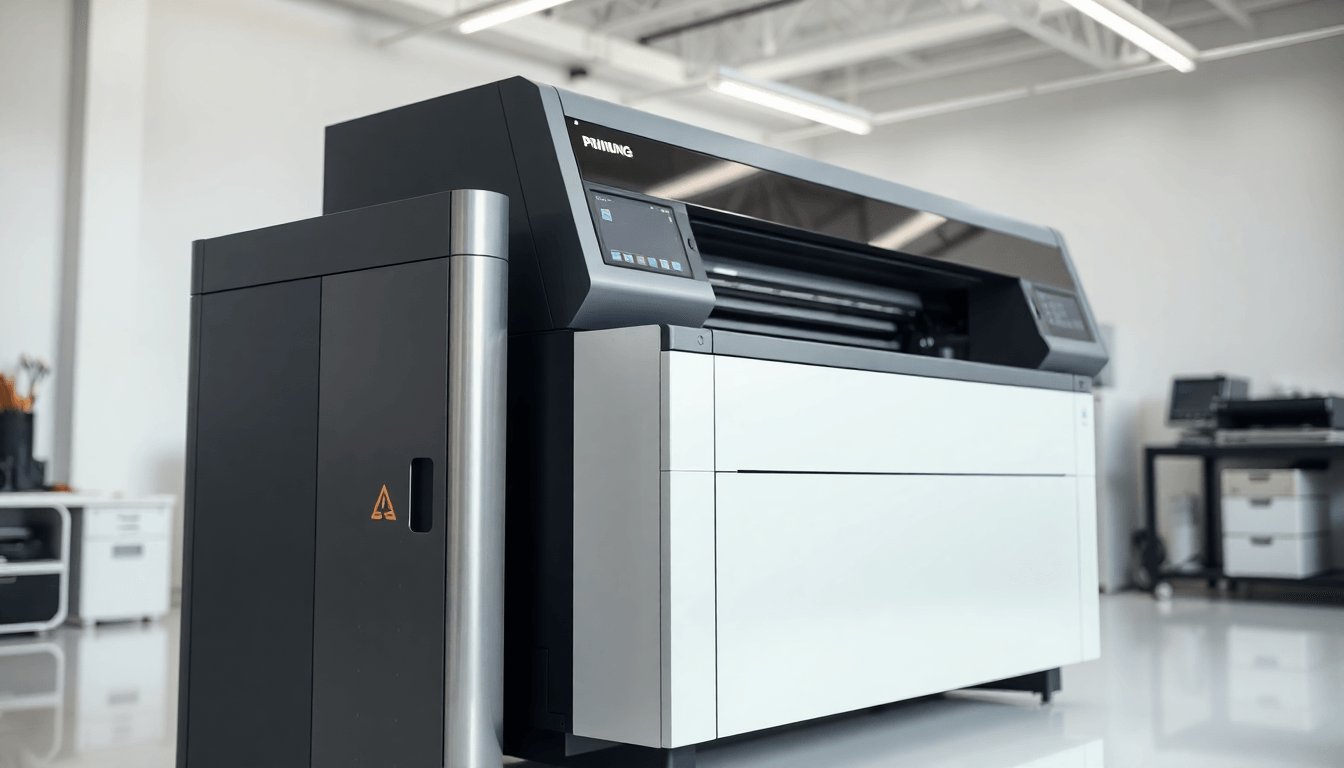
Orders 45$ & Up,
2-3 Days*
Orders 45$ & Up,
2-3 Business Days

When it comes to custom apparel and merchandise, the choice between UV DTF (Direct to Film) and DTF printing can be a bit overwhelming. Both methods have their own unique advantages and disadvantages, making it crucial to understand the differences to determine which one is the better fit for your specific needs. In this blog post, we'll dive into the details of each printing technique and help you make an informed decision.
UV DTF printing is a relatively new technology that has been gaining popularity in the industry. This method involves printing the design directly onto a special film using UV-curable inks. The printed film is then heat-transferred onto the desired substrate, such as t-shirts, hoodies, or bags.
Key Features:
Advantages:
Limitations:
DTF, or Direct to Film, is a more established printing method that has been around for a few years. In this process, the design is first printed onto a special transfer film, which is then heat-pressed onto the final substrate.
Key Features:
Advantages:
Limitations:
When it comes to print quality, UV DTF generally outperforms DTF, offering sharper, more vibrant, and longer-lasting prints. However, DTF can be a more cost-effective option, especially for smaller businesses or those with limited budgets.
In terms of versatility, both methods can be used on a variety of substrates, but UV DTF may have a slight edge in terms of the range of materials it can handle.
Regarding durability, UV DTF prints are typically more resistant to fading, cracking, and peeling, making them a better choice for high-wear items or products that require frequent washing.
When it comes to choosing between UV DTF and DTF printing, there is no one-size-fits-all answer. The decision ultimately depends on your specific needs, budget, and the type of products you plan to produce. If you prioritize print quality and durability, UV DTF may be the better choice. However, if cost-effectiveness and ease of use are more important, DTF could be the way to go.
Ultimately, it's essential to carefully evaluate your requirements and weigh the pros and cons of each method to determine the best fit for your business. By understanding the differences between UV DTF and DTF, you can make an informed decision that will help you achieve the desired results for your custom apparel and merchandise.
Typically ships out in 24 hours 2-3 days shipping time (free shipping) Product Details Premium 4mm Collapsible Slim Can Koozies Holds Most Slim...
View full detailsTypically ships out in 24 hours 2-3 days shipping time (free shipping) Description: Enjoy a cold beer, a spiked seltzer, or your favorite Beer D...
View full detailsTypically ships out in 24 hours 2-3 days shipping time (free shipping) Product Details FREE SHIPPING on this item over $45 Premium 4mm Collapsi...
View full detailsTypically ships out in 24 hours 2-3 days shipping time (free shipping) Product Details FREE SHIPPING on this item over $45 Premium 4mm Colla...
View full detailsTypically ships out in 24 hours 2-3 days shipping time (free shipping) Product Details Premium 4mm Collapsible Slim Can Koozies Holds Most Sl...
View full detailsEnjoy a cold beer, a spiked seltzer, or your favorite Beer Drink flavor while keeping it cold, crisp, and delicious with a QualityPerfection can co...
View full detailsTypically ships out in 24 hours 2-3 days shipping time (free shipping) Product Details Premium 4mm Collapsible Slim Can Koozies Holds Most Slim...
View full detailsSamples - Might be with colors defects or print, We choose them randomly. Neoprene and foam are not the same shades of colors. The price is for 100...
View full detailsTypically ships out in 24 hours 2-3 days shipping time (free shipping) Product Details Premium 4mm Collapsible Slim Can Koozies Holds Most S...
View full details3 Magnets Slim can cooler sleeves FREE SHIPPING on this item over $45 Premium 4mm Collapsible Slim Can Coolers Holds Most Slim 12 oz. Cans Col...
View full details
Leave a comment